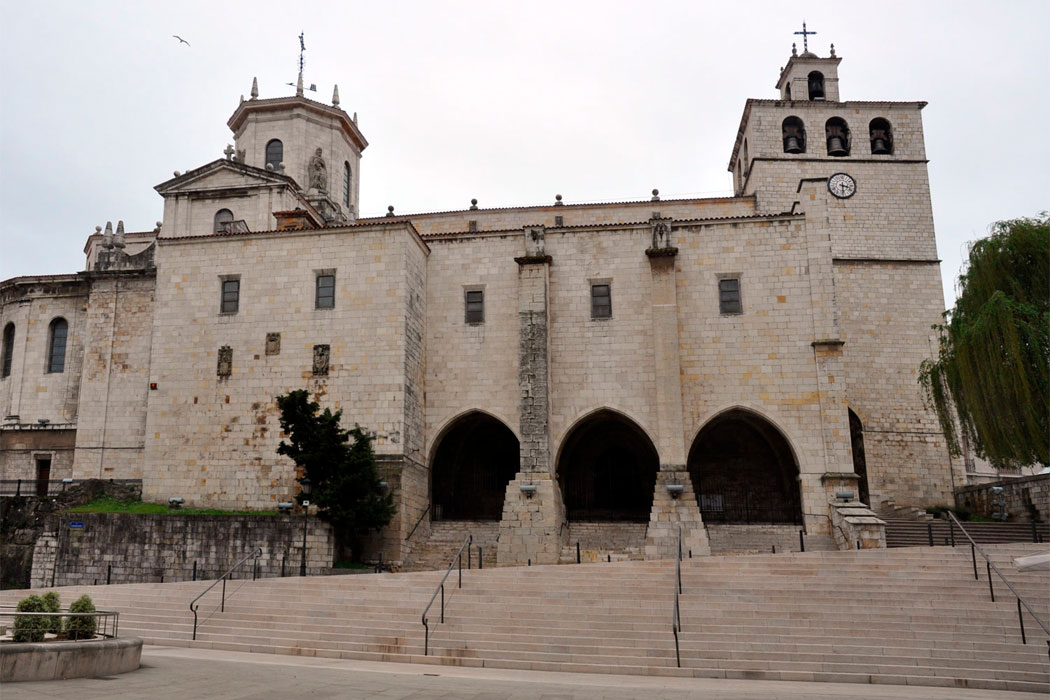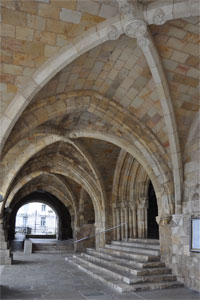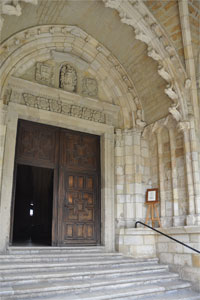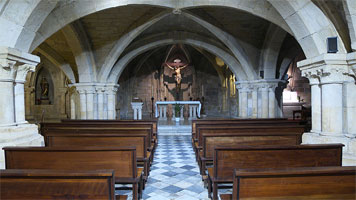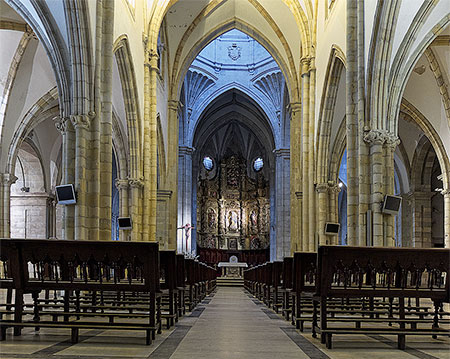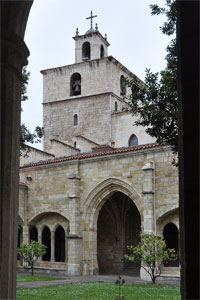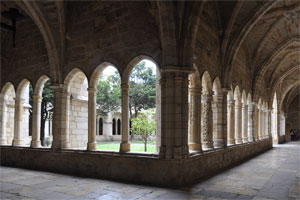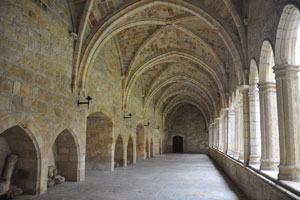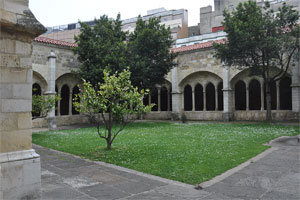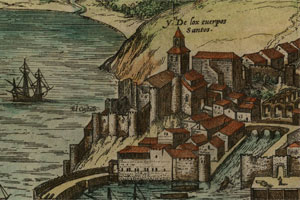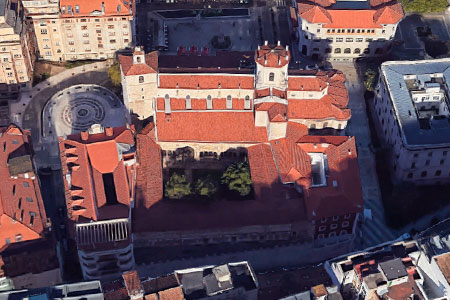Monastery of San Emeterio and San Celedonio
Cathedral of Santander / La Asunción / Sancti Emeterii
(Santander, Cantabria)
The current cathedral of Santander has its origins in the medieval monastery of San Emeterio and San Celedonio, a place where the relics of these saints were venerated, specifically their heads. According to tradition, these martyrs were buried in Calahorra, but after the Saracen invasion, their relics were dispersed, and a part of them arrived in Santander, where they were placed in a structure built on the ruins of ancient Roman baths.
It is considered possible that the current name of Santander derives from San Emeterio. Although uncertain, the first record of this house dates back to the 9th century, when it is mentioned under the patronage of the titular saint. Later, the king of León, Alfonso VI (1065–1109), granted it privileges. In 1130, during the reign of Alfonso VII (1126–1157), and parallel to what happened in other houses in the region (Santillana, Cervatos...), this monastery was transformed into a collegiate church. In 1187, Alfonso VIII granted it a legal normative (fuero), which contributed to the development of the population around the monastery.
Juan (bishop of Burgos between 1241 and 1264) is credited with the construction of the lower church of the collegiate, dedicated to the worship of the patron martyrs. This bishop had been abbot of San Emeterio in 1218. From 1230, and throughout that century, the upper church was built, while the cloister was constructed during the 14th century. In 1531, the skulls of Saint Emeterio and Saint Celedonio were discovered and appropriately arranged for veneration. Finally, in 1754, after many years of waiting, Pope Benedict XIV raised that collegiate church to the dignity of a cathedral. In more recent times, it is worth mentioning the fire that struck the city of Santander in 1941, which also affected the cathedral, now restored.
- ALDEA, Quintín; i altres (1975). Diccionario de historia eclesiástica de España. Vol. 4. Madrid: I.E. Florez
- ARGAIZ, Gregorio de (1675). La soledad laureada por San Benito y sus hijos en las Iglesias de España. Vol. 6. Provincia de Asturias y Cantabria. Madrid: Zafra
- BAUDRILLART, Alfred (1938). Dictionnaire d'histoire et de géographie ecclésiastiques. Vol. 10. París: Letouzey et Ané
- CASADO SOTO, José Luis; i altres (1997). La catedral de Santander. Santander: Fund. Marcelino Botín
- FLOREZ, Henrique (1874). España Sagrada. Vol. XXIX. Burgos. Madrid: José del Collado
- SERRANO, Luciano (1935). El Obispado de Burgos y Castilla primitiva. Desde el siglo V al XIII. Vol. 2. Madrid: Inst. Valencia de Don Juan
